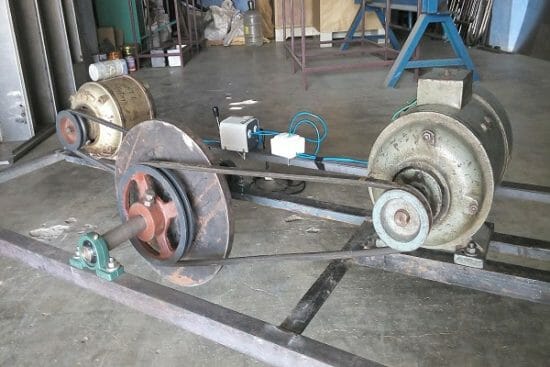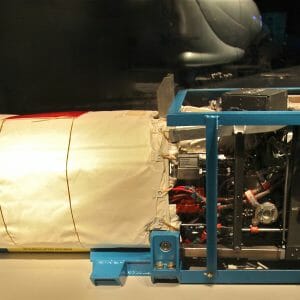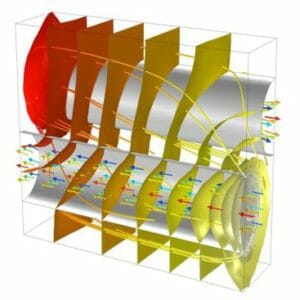E – 1516 Flywheels for Use in Uninterruptible Power Supply Systems
$25.00
Courses Included
In a flywheel, energy is stored by causing a disk or rotor to spin on its axis. Advances in power electronics, magnetic bearings, and flywheel materials coupled with innovative integration of components have resulted in direct-current flywheel energy-storage systems that can be used as a substitute or supplement to batteries in uninterruptible power supply (UPS) systems. Although generally more expensive than batteries in terms of first cost, the longer life, simpler maintenance, and smaller footprint of the flywheel systems makes them attractive battery alternatives. This course describes flywheel technology, its variations, and installation requirements. Next a description is given of the market for flywheels, advice for choosing appropriate applications, and descriptions of the experiences of several users. One application is highlighted as a case study, followed by an illustrative life-cycle cost comparison of batteries and flywheels.
This course is based on the DOE publication, “Flywheel Energy Storage,” a New Technology Demonstration Publication, DOE/EE-0286, part of the Federal Energy Management Program and produced by the Pacific Northwest National Laboratory, September, 2003.






